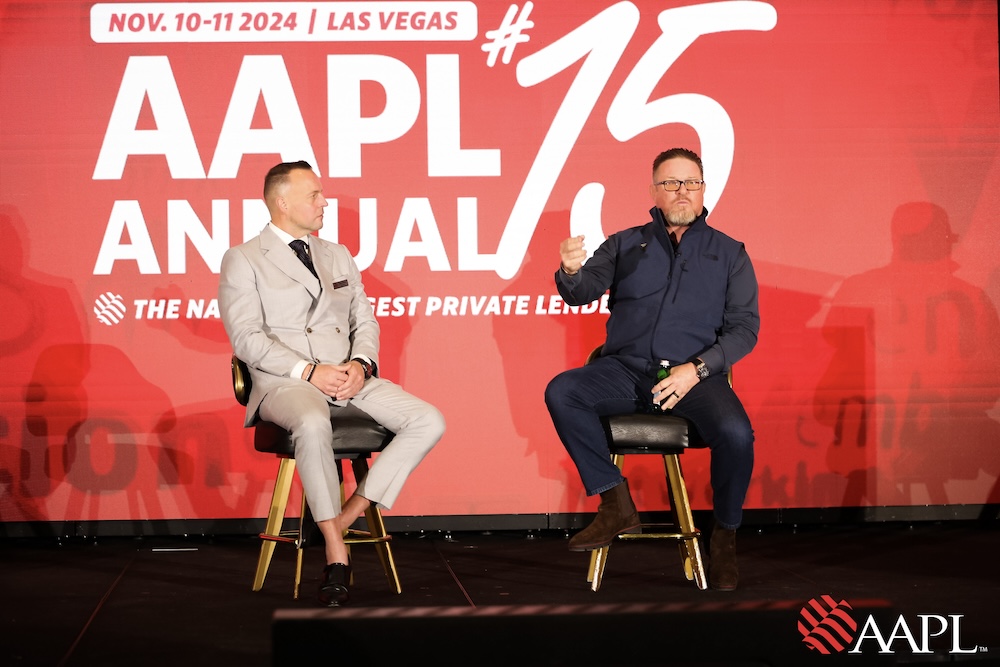The popularity of video marketing in the private lending industry continues to skyrocket.
According to the State of the Video Market report from Wyzowl Research, 86% of businesses currently incorporate video as part of their marketing strategy for 2021, up from 85% in 2020 and 61% just five years ago in 2016. In the same survey, 88% of businesses reported video gave them positive ROI in 2020.
In spite of video’s popularity and positive results, developing effective video content seems to challenge many marketers. Businesses not only need to develop engaging topics that translate into good video, they also need to determine the kind of content their audience wants to watch.
So, what exactly makes for engaging content?
Connecting with Your Audience
Given the amount of video consumers are bombarded with each day on websites, pop-up ads, and social media, capturing the attention of your audience can be difficult. As you develop a video marketing strategy, remember to think about the kind of content your audience wants to see versus the kind of message you want to throw at consumers.
It turns out a majority of people want to view video content purely as a means of entertainment. In a study conducted by Accenture Interactive, 67% of participants said they “choose to engage with videos for entertainment.” This means a stiff corporate pitch video probably isn’t going to be your best bet for hooking viewers.
As you develop content, keep the perspective of your future audience in mind. Make sure the videos you create are a means of connecting directly with your audience, highlighting not just your company but also the people and personality behind the brand.
Letting your brand’s “personality” shine through in video content is one of the best ways to engage prospective clients and make an audience feel like they are connected to more than just a corporate persona.
For example, if you are a private lender who wants to attract investors that specialize in fix-and-flips, consider creating a short video series showcasing a property you’ve funded. Featuring the property before, during, and after renovations not only highlights a project your company has funded but also allows potential clients to envision what they could accomplish if they used your services.
The video could feature a fast-paced walkthrough of the property with a member of your company whose personality shines through. Alternately, it could tell a professionally edited, well-crafted story that provides insight into the investor behind a particular project. Or, it could take a humorous angle and show the potential mishaps of a renovation. Regardless of the angle you choose, know that it’s often more important to think about how to get your point across in a way that sticks with the viewer rather than what the point itself is.
Focusing on the loans themselves doesn’t exactly translate into a good video. Showing potential clients what others have been able to accomplish as a result of working with you is how you make your content appealing and relatable.
Teaching Your Audience
Remember too that people are mainly focused on their own interests and needs. A recent Coresight Research Report noted that 72% of consumers prefer video to text for receiving branded marketing information. And, the previously cited Accenture Interactive study reported that 54% of consumers rely on video to learn how to use a product.
Creating informative and educational video content potential clients can put to use shows you are listening and focusing on their needs rather than marketing at them. You want your audience to feel like they are getting value from your content.
Develop videos that include major points your clients need to know about your products and how to use them, or answer commonly asked questions. For example, your current clients probably have pain points related to your origination process they would like you to address. You can easily do that via video. Something as simple as addressing your process timeline for each loan product and spelling out step-by-step what is required on the client end will get views. Plus, audiences retain more information when they view video than when they readinformation. Retention of important information sets you up for smoother client interactions in the long run.
You can also highlight industry-related news or updates to ensure you get some eyes on your videos. Think about producing a 60-second industry highlight reel at the end of each week to condense everything a real estate investor would need to know before they wrap up for the weekend. You’ll be providing valuable content and also positioning your company for future success by showing that your company is an industry leader.
How to Reach Your Audience
Once you’ve figured out the type of content you want to create and which topics to cover, consider where customers are most likely to view your video content.
Currently, the top location to share video content is social media. Platforms like YouTube, Facebook, LinkedIn, and Instagram are clear front-runners.. However, note that videos are not a one-size-fits-all solution across social media platforms. People have very different mindsets as they browse through LinkedIn than they do when they use Instagram. Tailor your video’s length, tone, and topic based on where it is being displayed.
According to HubSpot, these are the recommended timeframes for videos on the different social media platforms:
- Instagram: 26 seconds
- Twitter: 45 seconds
- Facebook: 1 minute
- YouTube: 2 minutes
The good news is you probably already have company profiles on most, if not all, these platforms. Now it’s just time to put them to work. Facebook and LinkedIn investor groups are great places to start. Find the right audiences tailored according to investment strategy, area of the country, specific property type they invest in, etc. Since you can easily identify who your audience is based on group demographics, it makes it incredibly simple to develop content just for them.
Also, consider using any existing forums or platforms where you already have a good presence or that have an investor audience. Boost what you’re already doing by also incorporating video. For instance, if you are on sites like PrivateLenderLink that allow your company to have a customizable profile, add video. You already know potential clients are on the site and coming across your profile, so do more to entice them to work with you versus your competitor.
Finally, think about how consumers are viewing your video. It probably comes as no surprise that more and more people are shifting to viewing videos on their phones rather than on their computers. This means that unless your videos are optimized for mobile viewing, you could be missing out on a huge segment of the market.
Also, believe it or not, a whopping 85% of video is viewed with sound off. It turns out that a lot of folks don’t like intrusive or unexpected noise as they’re scrolling. That’s why it’s critical to include captions or subtitles for videos that can’t get their point across with visuals alone.
Start Creating Content
Video marketing is a big trend right now in the private lending industry, and it won’t be going away any time soon. Whatever path you decide to take with your video marketing efforts, treat video as you would any other marketing channel. Get started, and build from there. Develop your strategy, set measurable goals and be willing to adjust as necessary. Remember, the idea is to create consistent, meaningful, and engaging content. There’s no time like the present to start.











Leave A Comment